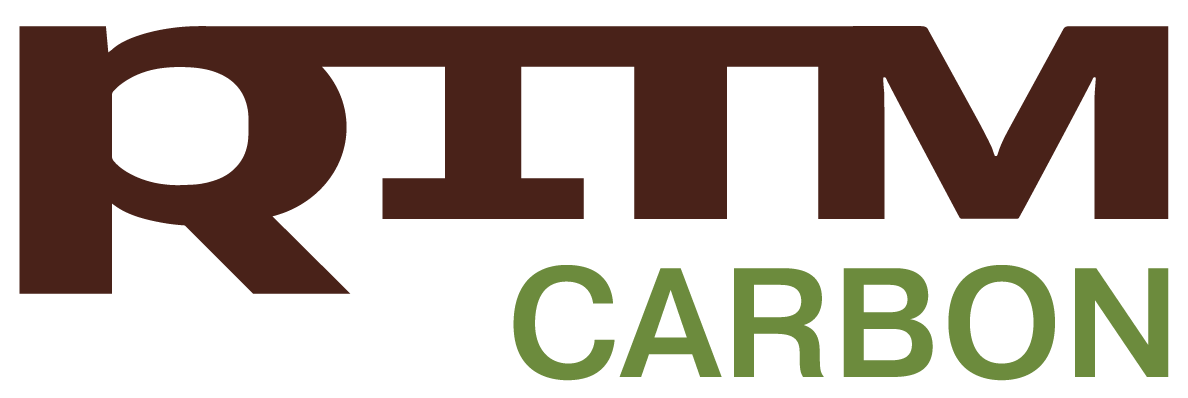Antonovich V. V., Antokhina O. Yu., Antokhin P. N., Arshinova V. G., Arshinov M. Yu., Belan B. D., Belan S. B., Davydov D. K., Ivlev G. A., Kozlov A. V., Maksyutov Sh. Sh., Machida T., Pestunov D. A., Ptashnik I. V., Rasskazchikova T. M., Savkin D. E., Sasakawa M., Simonenkov D. V., Sklyadneva T. K., Tolmachev G. N., Fofonov A. V. Carbon test sites of the Institute of Atmospheric Optics of the Russian Academy of Sciences used to study the dynamics of greenhouse gases in the atmosphere. Part 1// Environmental control systems. 2022, issue 50, pp. 46-60.
Abstract: By the 1980s, the widespread awareness of the challenges posed by climate change and air quality degradation has led WMO to establish the Global Atmosphere Watch (GAW) in 1989. The WMO GAW network consists of 31 global level stations and over 400 regional level stations. About 100 more stations belonging to other observation networks such as TCCON, EARLINET, AD-Net, LALINE, MPLNET, CAST-NET, and IAGOS also contribute to the GAW observation network. Similar networks have been created in the United States, Canada, and Europe. Carbon test sites. In the absence of centralized funding, a number of Russian organizations initiated the development of similar monitoring areas on their own as part of international projects. One of such organizations is the Institute of Atmospheric Optics named after V. E. Zuev SB RAS, which created several stationary and mobile observation points. In December 1992, a TOR station was established within the framework of the international project for tropospheric ozone research under the European program EUROTRAC. It is located on the northeastern outskirts of Tomsk City Science Campus. The Fonovaya Observatory is located on the eastern bank of the Ob River, 60 km west of Tomsk. To control the greenhouse gas concentration, the Basic Experimental Complex observatory was launched 3 km east of the TOR station. To monitor the air composition in Western Siberia, 3 integrated monitoring posts and 2 greenhouse gas flow measurement stations were created at the soil-atmosphere boundary.
